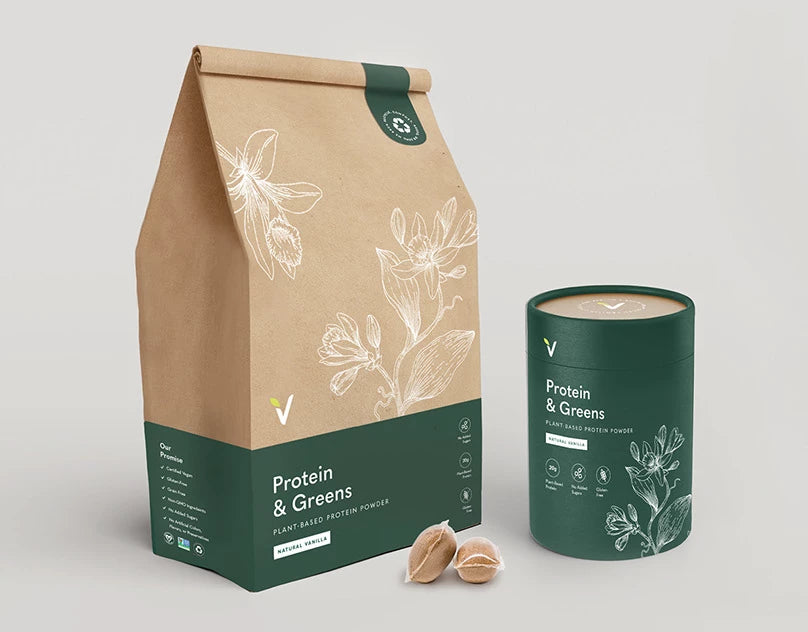Sustainable Solutions: Unraveling the Debate - Biodegradable vs. Recyclable
In today's world, where environmental concerns are at the forefront, finding sustainable solutions for waste management is crucial. Two popular approaches, biodegradable and recyclable materials, have gained significant attention. But which is better? In this blog post, we will delve into the intricacies of these two options, exploring their benefits, drawbacks, and environmental impact. By understanding the nuances, we can make informed choices and contribute to a greener future.
- Understanding Biodegradable Materials:
Biodegradable materials refer to substances that can be broken down naturally by microorganisms into simpler compounds. These materials decompose over time, returning to the environment without leaving behind harmful residues. They offer several advantages, such as reducing landfill waste and minimizing pollution. However, it's important to note that not all biodegradable materials are created equal. Some require specific conditions, such as temperature and moisture, to degrade effectively. - Exploring Recyclable Materials:
Recyclable materials, on the other hand, are substances that can be processed and reused to create new products. Recycling helps conserve resources, reduce energy consumption, and minimize waste. It plays a vital role in the circular economy, where materials are kept in use for as long as possible. However, not all materials are easily recyclable, and the process itself can be energy-intensive. Contamination and lack of proper recycling infrastructure also pose challenges. - Environmental Impact:
When considering the environmental impact, both biodegradable and recyclable materials have their pros and cons. Biodegradable materials have the advantage of breaking down naturally, reducing waste accumulation. However, their production may require significant resources and energy, leading to a higher carbon footprint. Recyclable materials, on the other hand, conserve resources and reduce the need for raw material extraction. Yet, the recycling process itself can emit greenhouse gases and consume energy. - Making Informed Choices:
To determine which option is better, it is essential to consider the specific context and application. Biodegradable materials are ideal for single-use items like food packaging, where their ability to decompose quickly is advantageous. Recyclable materials, on the other hand, are well-suited for products with a longer lifespan, such as electronics and furniture. Ultimately, a combination of both approaches, along with waste reduction and reuse, is crucial for a sustainable future.
Conclusion:
In the ongoing debate between biodegradable and recyclable materials, there is no definitive answer as to which is better. Both approaches have their merits and challenges. The key lies in understanding the specific requirements, environmental impact, and application of each option. By making informed choices and adopting a holistic approach to waste management, we can contribute to a greener and more sustainable world.

Post Comment